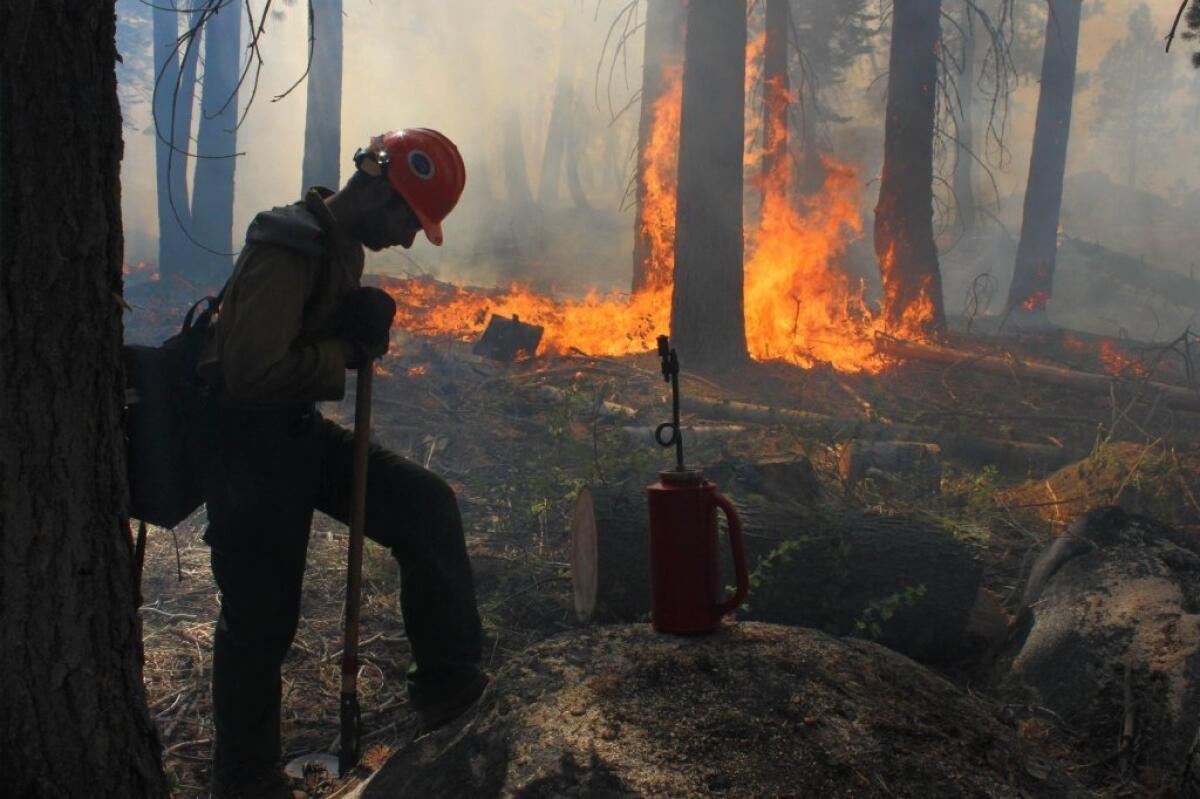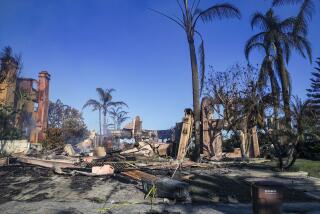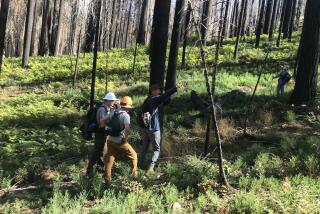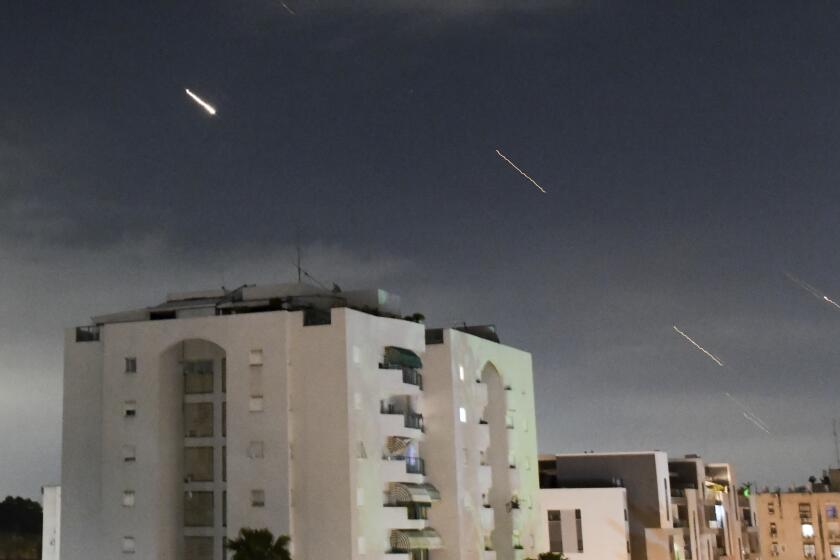What’s happened to the hunter who sparked the Rim fire?

This land is your land, but too many dolts take that way too literally.
Set them in a public park or national forest and even generally law-abiding people suddenly think the rules don’t apply to them. Who cares if cutting illegal mountain bike trails leads to hillside erosion and disrupts wildlife? What damage can it possibly do if I take a starfish or a seashell from the ocean’s tide pools? (Probably not much until you consider that more than 1 million people visit that tide pool each year, and each one of them would like to take a starfish or a seashell.) What do you mean, I can’t start a campfire in the driest days of August right near California’s iconic Yosemite National Park? Those rules were meant for other people, people who don’t know how to contain their...
Oops.
It’s been almost two weeks since authorities disclosed that the Rim fire in and around Yosemite National Park was started by a hunter who lost control of his illegal campfire in the adjacent Stanislaus National Forest. Illegal because campfires during the dry days of late summer and early fall can cause -- guess what: raging infernos.
Yet investigators have not cited or charged the hunter yet, nor have they released any information about him or the progress of their inquiry. The filing of any charges will depend on various details about the hunter’s behavior, authorities said.
The public deserves a better explanation on what’s going on, and what mitigating circumstances there could possibly be for the setting of an illegal campfire.
Assuming the campfire was the cause, that it was illegal, as officials already have stated, and that the hunter’s excuse for this wasn’t that he was forced on pain of death to light the thing, the various government agencies should spare no relevant criminal or civil action against him.
But when it comes to this kind of behavior, the managers of our parks and forests must bear some of the blame. The breaking of rules is a near constant, yet there is too little enforcement, and when people are caught, they are too often let go with a slap on the wrist.
About a decade ago, a ranger in Laguna Coast Wilderness Park told me about authorities there catching a plant dealer who was attempting to smuggle an endangered plant from the park. The Laguna Beach dudleya grows for the most part only on a slab of rock smaller than a kid’s bedroom. It cannot be transplanted. It can’t be propagated. That’s it. What nature still has there and possibly in a couple of other spots is all we get.
In fact, this dealer must have been a crooked businesswoman (or an amazingly ignorant one) as well as a nature thief. Taken from its rock, the plant would die. It did die. If she sold it to someone, that person would end up with the shriveled skeleton of a Laguna dudleya.
Yet the fine amounted to $5,000. Not minor, to be sure, but a measly fine for the destruction of a critically endangered plant. Time behind bars, and a big enough fine to send her into bankruptcy, might have just been enough.
People should feel very nervous about treating public spaces as their personal property where they make the rules. Because, like the song says, this land is your land, but it’s my land too.
ALSO:
A showdown on Common Core testing
GOP’s pitch to Latinos needs a lot of work
Killing chickens to cleanse one’s sins: Yea or nay?
More to Read
A cure for the common opinion
Get thought-provoking perspectives with our weekly newsletter.
You may occasionally receive promotional content from the Los Angeles Times.







